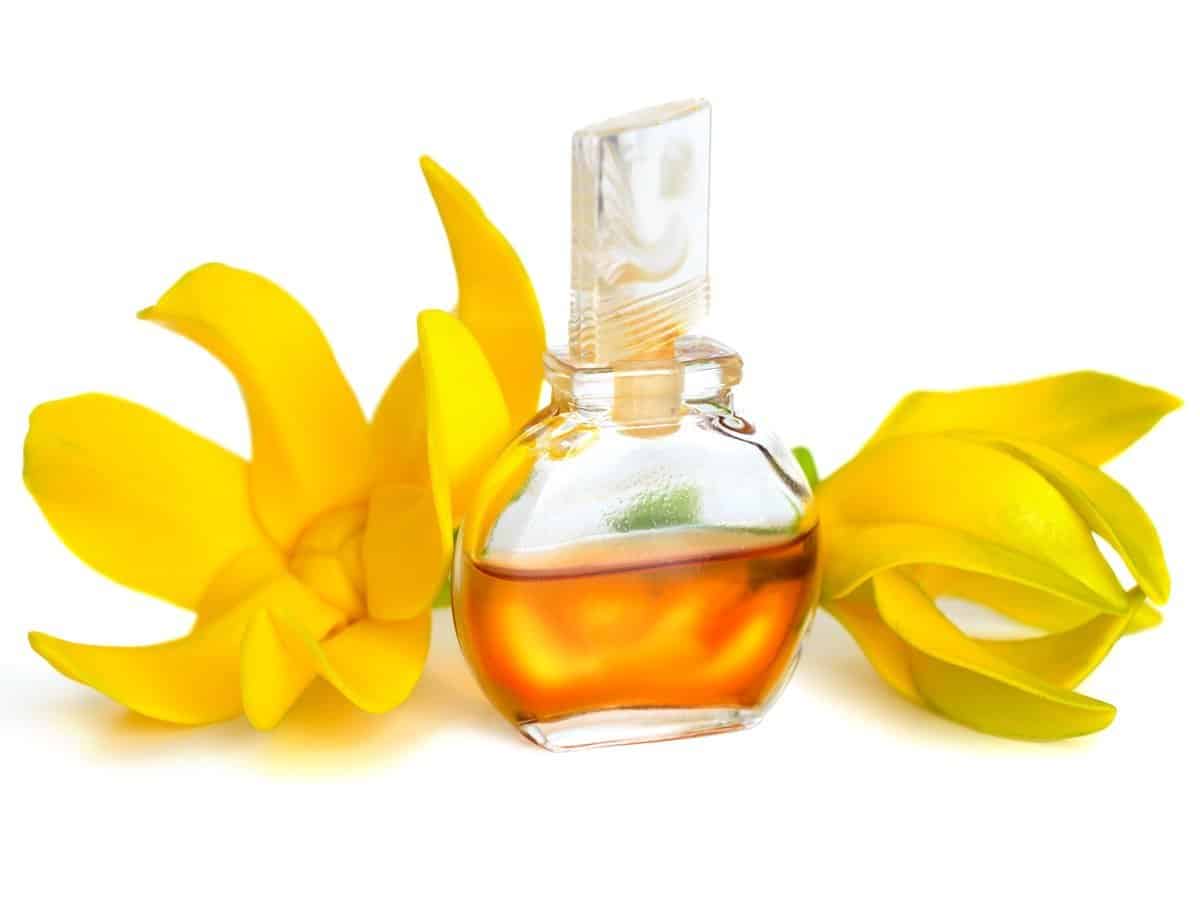What is Ylang Ylang Oil?
Ylang ylang oil is derived from the fresh flowers of the ylang ylang tree (Cananga Odorata), which is typically found in the rainforests of Asian and South Pacific islands like Indonesia, Philippines, Java, Sumatra, Comoro and Polynesia.
There are numerous grades of ylang ylang essential oil sold within the market, however ylang ylang extra oil is considered to be the best amongst other types. Due to the fact it is made from the first extraction, ylang ylang extra oil has the best quantity of esters and the sweetest fragrance.
Usages of Ylang Ylang Oil
Ylang ylang oil helps loosen up the body and soul and may be useful for people affected by insomnia, fatigue and frigidity.
This essential oil has been proven to assist regulate the production of sebum, an oily substance secreted through the sebaceous glands, to guard your hair and skin from drying out. It has many cosmetic uses, such as:
• Preserving skin moisture
• Clearing and healing pimples
• Promoting hair growth
• Acting as a herbal conditioning agent on your hair
Ylang ylang oil also has antimicrobial properties that could help reduce skin inflammation and redness.
Composition of Ylang Ylang Oil
Ylang ylang oil is composed of chemical compounds like benzyl acetate (28 percent), linalool (nine percent), methyl benzoate (six percent), P-cresyl methyl ether (10 percent) and 3-methyl-2-butenyl acetate (5 percent).
Advantages of Ylang Ylang Oil
Ylang ylang oil can help guard against infections within the stomach, intestines, colon and urinary tract. Apart from that, using ylang ylang oil can allow you to reap the following benefits:
• Antidepressant for nervous breakdowns, acute depression, tension, sadness and chronic stress
• Antiseptic to speed up the recovery of wounds and infections and to keep away from sepsis and tetanus
• Hypotensive to promote healthy blood pressure levels
• Nervine and sedative to soothe anxiety and convey a sense of calm
How to Make Ylang Ylang Oil
To be able to obtain ylang ylang oil, fresh flowers from the ylang ylang tree must to go through the method of steam distillation at various stages.
According to Easy Aromatherapy Recipes, the first extraction is known as “extra” while subsequent extractions are referred to as Grades 1, 2 and 3. Lower-grade essential oils are often blended with the extra to form a “complete” ylang ylang essential oil.
The completed product has an intensely sweet aroma and floral with watery undertones and might have a colorless to pale yellow hue.
How Does Ylang Ylang Oil work?
Ylang ylang oil may be used within the following methods:
• Aromatically — Inhale immediately or put 3 to 4 drops right into a diffuser.
• Topically — when mixed with milder carrier oils, ylang ylang oil can be used as a:
◦ Massage oil: combine 2 to 3 drops with olive, grape seed, or coconut oil.
◦ Anti-aging skin toner: add 5 drops into chamomile tea, allow it to cool and apply in your skin.
◦ Hair treatment: add to 3 drops in your regular shampoo or two to three drops into coconut oil. Massage it onto your hair and scalp. Leave for 20 mins. Rinse with water and mild shampoo.
Is Ylang Ylang Oil safe?
Ylang ylang oil is safe to apply when taken in recommended doses. But, I strongly discourage taking ylang ylang oil internally without professional supervision and advise you to ensure that it does not come into contact with your eyes.
I highly advise consulting your doctor before using this essential oil, especially if you‘re pregnant or a nursing female. Kids below the age of six are cautioned not to apply this oil as well.
Side Effects of Ylang Ylang Oil
There aren’t any severe instances that highlight the negative outcomes of ylang ylang oil, but, when taken in excessive quantities, it could probably cause sensitivity, nausea and headache.
The oil can cause skin inflammation in some people, so I recommend diluting it with milder carrier oils and doing a skin patch test before using it topically.



